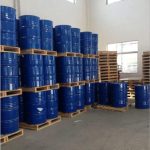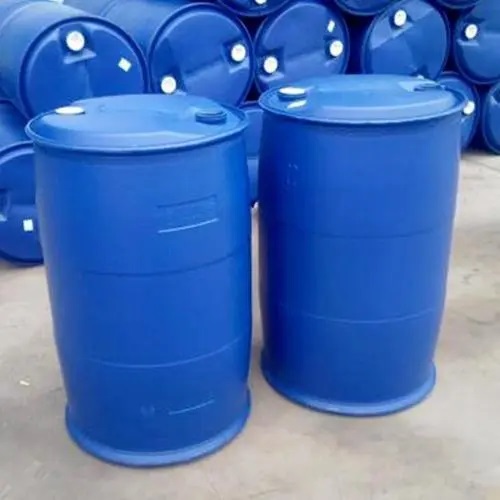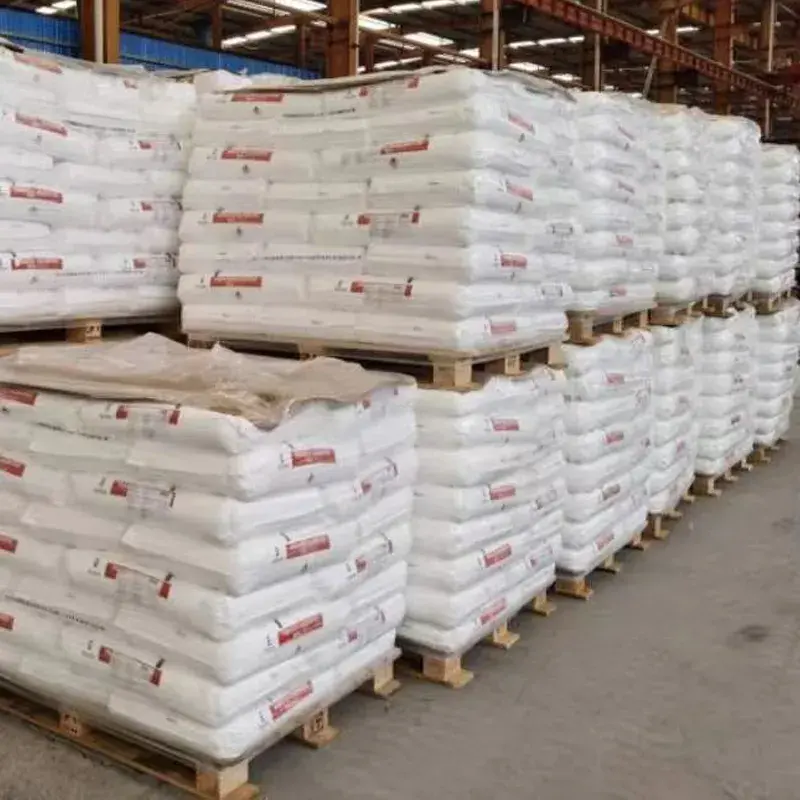
Thioglycolic acid
Chemical properties:
Pure thioglycolic acid is a colorless transparent liquid, while industrial products are colorless to slightly yellow with a strong pungent odor. It is miscible with water, ethanol and ether. Perm products use thioglycolic acid to break some disulfide bonds in the hair to change the curvature of the hair to achieve perm and hairdressing effects. However, thioglycolic acid is toxic and easily absorbed through the skin and respiratory tract, causing symptoms such as skin damage and allergies, and even affecting the body’s metabolism. Long-term contact can cause damage to multiple tissues and organs, and has strong mutagenicity and reproductive toxicity. Therefore, it needs to be strictly controlled.
Uses:
1. Thioglycolic acid (TGA) is mainly used as a raw material for blanket finishing agents and perm solutions. TGA has both the reaction characteristics of hydroxy acids and the reaction characteristics of thiol groups. The most important reaction is the reaction with disulfides. In particular, it reacts with cystine in hair under alkaline conditions, cuts off the (-S-S-) bond of cystine, and generates cysteine that is easy to curl. It is mainly used as a curling agent, depilatory, low-toxic or non-toxic stabilizer for polyvinyl chloride, initiator, accelerator and chain transfer agent for polymerization, and metal surface treatment agent. In addition, thioglycolic acid is a sensitive reagent for the detection of iron, molybdenum, aluminum, tin, etc.; it can also be used as a crystallization nucleating agent during polypropylene processing and molding, as well as a modifier for coatings and fibers, and a blanket speed-treatment agent.
2. It is an intermediate for the production of pharmaceuticals such as thiomethoprolol, biotin, thiozinic acid, and sodium disulfide succinate. It is also an important raw material for the synthesis of cysteine, hormone agents, industrial disinfectants, and synthetic sulfuric acid.
3. In addition to being used as an intermediate for cefoperazone (Cefavitril), thioglycolic acid is also widely used as a curling agent, depilatory, low-toxic or non-toxic stabilizer for PVC, metal surface treatment agent, and initiator, accelerator and chain transfer agent for polymerization.
4. A sensitive reagent for iron, molybdenum, silver, and tin. Its ammonium salt and sodium salt are used as curling cold perm agents, and its calcium salt is a depilatory agent.








